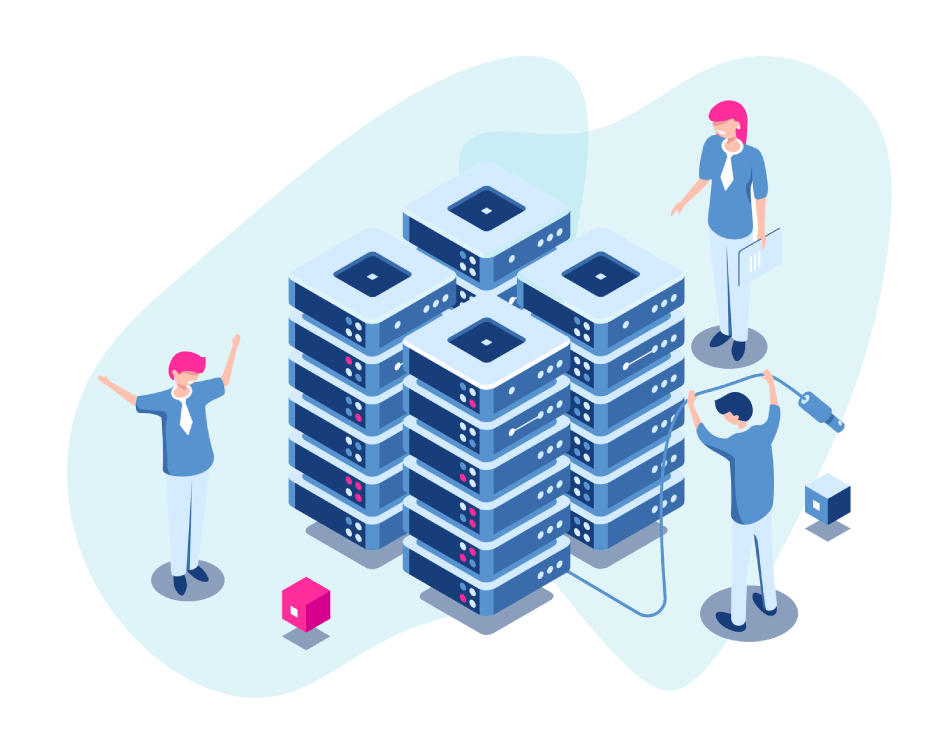The way that we interact with technology is constantly changing, and it's only a matter of time before the technology we use every day changes for good. In this article, we'll explore the future of modern data infrastructure and how it will be different from what we use today.
Data is the lifeblood of any organization in the modern world. It's what allows businesses to make informed decisions, understand their customers, and optimize their operations. Without data, businesses would be flying blind. However, data is only useful if it can be accessed and analyzed quickly and easily.

This is where modern data infrastructure comes in. Modern data infrastructure refers to the hardware and software that stores manage and analyzes an organization's data. An effective modern data infrastructure must be able to handle large amounts of data quickly and efficiently.
It must also be highly scalable so that it can grow as an organization's needs change. Lastly, it must be able to support a variety of different types of data analysis, from simple reporting to complex machine learning algorithms.
There are many different components that make up a modern data infrastructure. Some of the most important include:
-Data warehouses: A data warehouse is a central repository for all an organization's data. Data warehouses are designed to hold large amounts of data and provide users with fast access to that data.
-Data lakes: A data lake is a storage repository that holds a vast amount of raw, unstructured data. Data lakes are often used in conjunction with data warehouses; the raw data from a lake can be fed into a warehouse for further analysis.
-Analytical databases: An analytical database is a type of database designed specifically for analytics workloads. Analytical databases are optimized for fast query performance and can handle complex queries that would be slow on traditional databases.
-Data visualization tools: Data visualization tools allow users to explore and analyze data visually. These tools can be used to create interactive dashboards, uncover patterns and insights, and more.